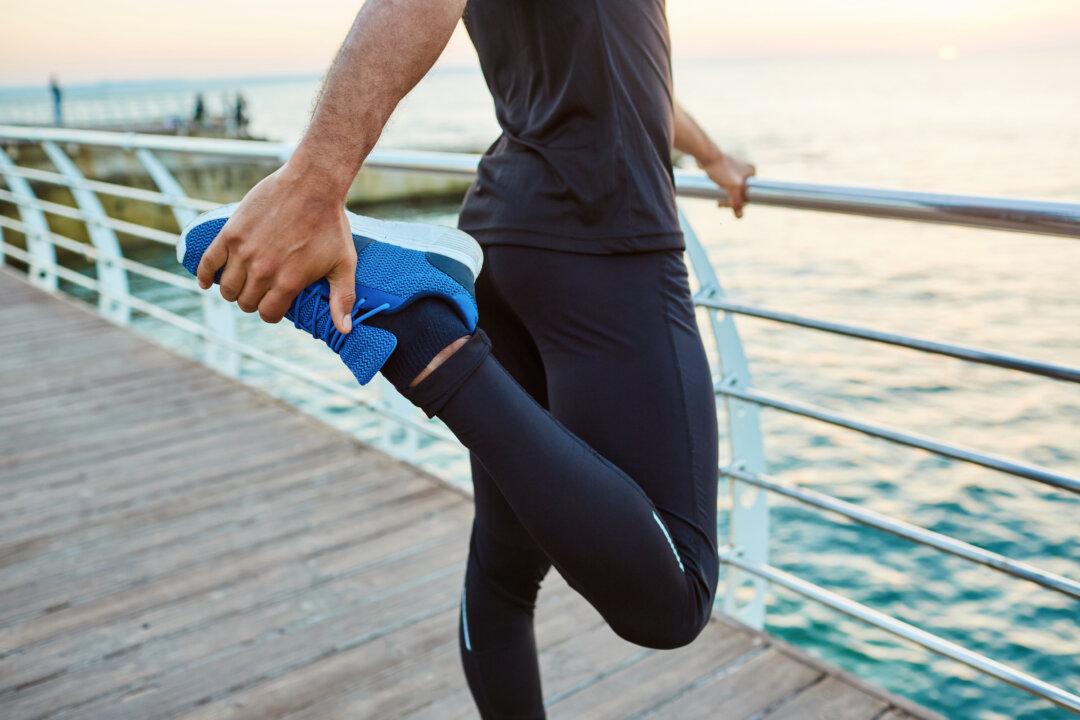Nowadays, many people use their hands much more than their legs on a daily basis. Frozen shoulder, tennis elbow, de Quervain’s disease, and trigger finger are common arm disorders that cause pain and distress in life. Dr. Gwo-Bin Wu, the director of Xinyitang Chinese Medicine Clinic, will teach us several simple “tendon loosening” methods that can be used to improve the aforementioned conditions, symptoms, and pain.
Simple Movements to Relieve Frozen Shoulder
Frozen shoulder is formally known as “adhesive capsulitis,” and its patients are mostly people over the age of 50.Our shoulder joints may become inflamed due to injuries and/or poor motions. When the joint capsule becomes inflamed, the body can heal itself and produce a lot of adhesive material similar to a scab on a wound. As a result, the shoulder joint becomes very painful and the shoulder’s movement range becomes limited.





